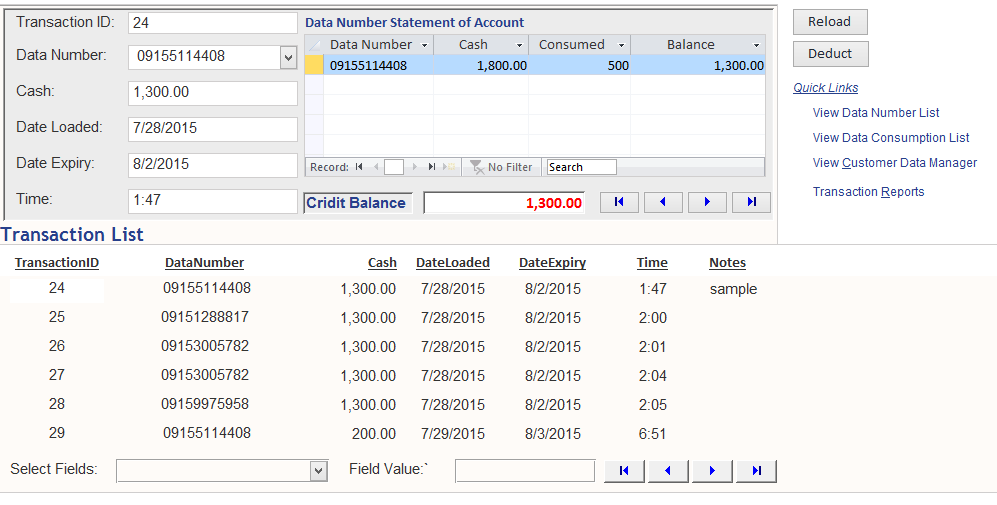

$ killall yesĪnother useful command to produce 100% CPU load usage is: $ dd if=/dev/zero of=/dev/null To terminate the Linux background jobs created by the above commands, run the killall command as shown. You can check your Linux system’s CPU usage percentage using: $ top If you have multiple, for example, four cores, run the command four times to exhaust all the CPU power: $ yes > /dev/null & Note that running the above command once only imposes 100% load on a single core. Below are some that I discovered on StackOverflow, the first one is: $ yes > /dev/null & There are several other Linux commands that you can use to create 100% CPU load.


You can check your Linux system’s CPU usage percentage using a top command – a real-time system monitoring tool for Linux systems. To impose 100% load on your Linux server CPU, run stress or stress-ng as shown, where the -cpu flag specifies the number of cores, -v enables verbose mode, and -timeout specifies the time after which the command will terminate: $ sudo stress-ng -cpu 4 -v -timeout 30s
Systemload how to#
Install Stress in Linux How to Impose 100% CPU Load on Linux You can also use stress-ng, a newer version of stress that ships in with extra features. To install it on your Linux system, run the appropriate command for your Linux distribution: $ sudo apt install stress Stress is a popular command-line tool used to impose load and stress test a Linux system. By the end of this article, you will learn how to stress test your CPU on a Linux computer that you have just built or bought, or an older computer. In this article, we will show different ways to create 100% CPU load on a Linux system to stress test it. This helps you foresee how it will respond in real-world situations in which it is subjected to computing demands. To ensure that your Linux machine is stable and reliable, you need to stress test and benchmark certain key aspects of it including CPU performance.


 0 kommentar(er)
0 kommentar(er)
